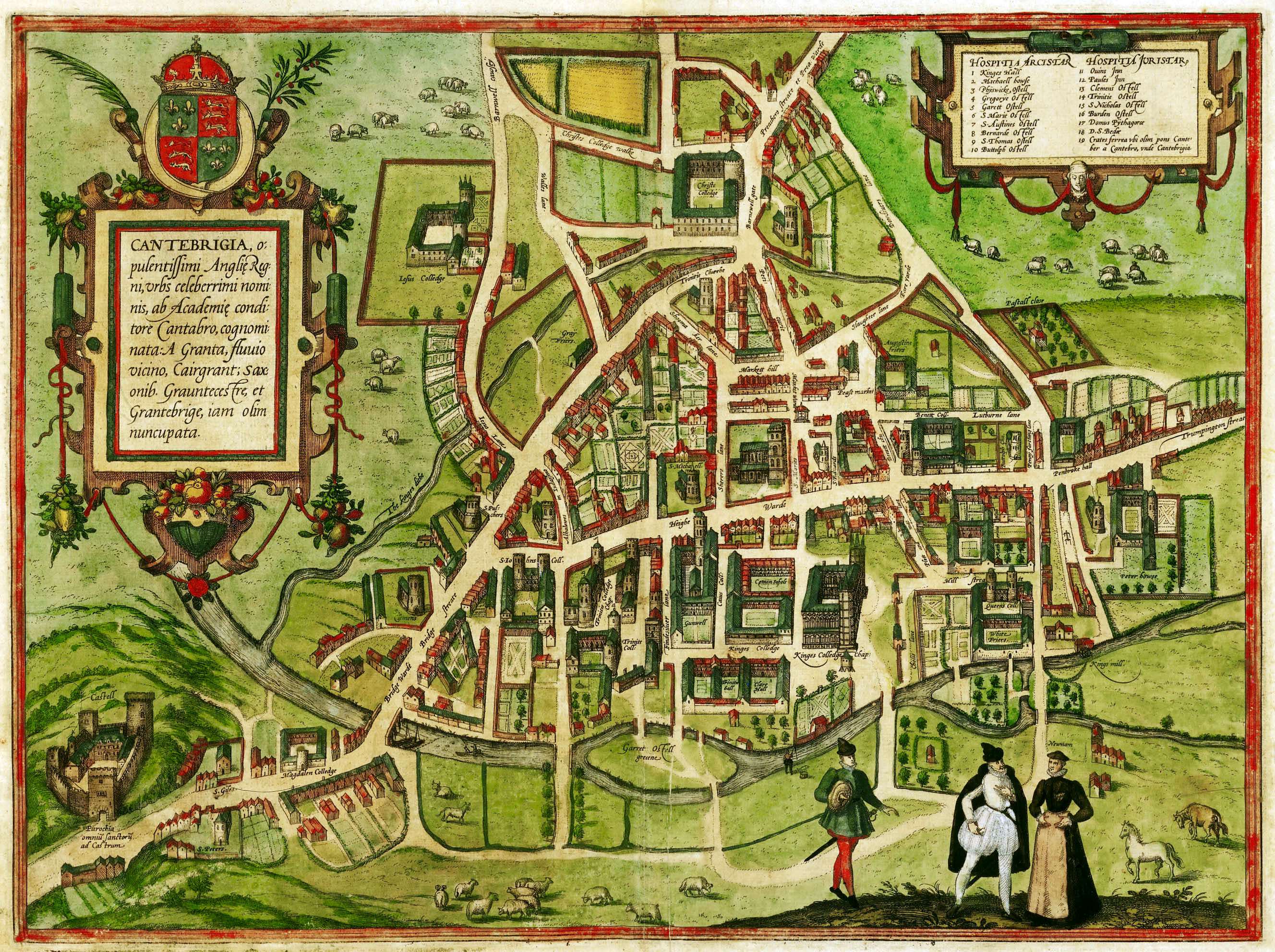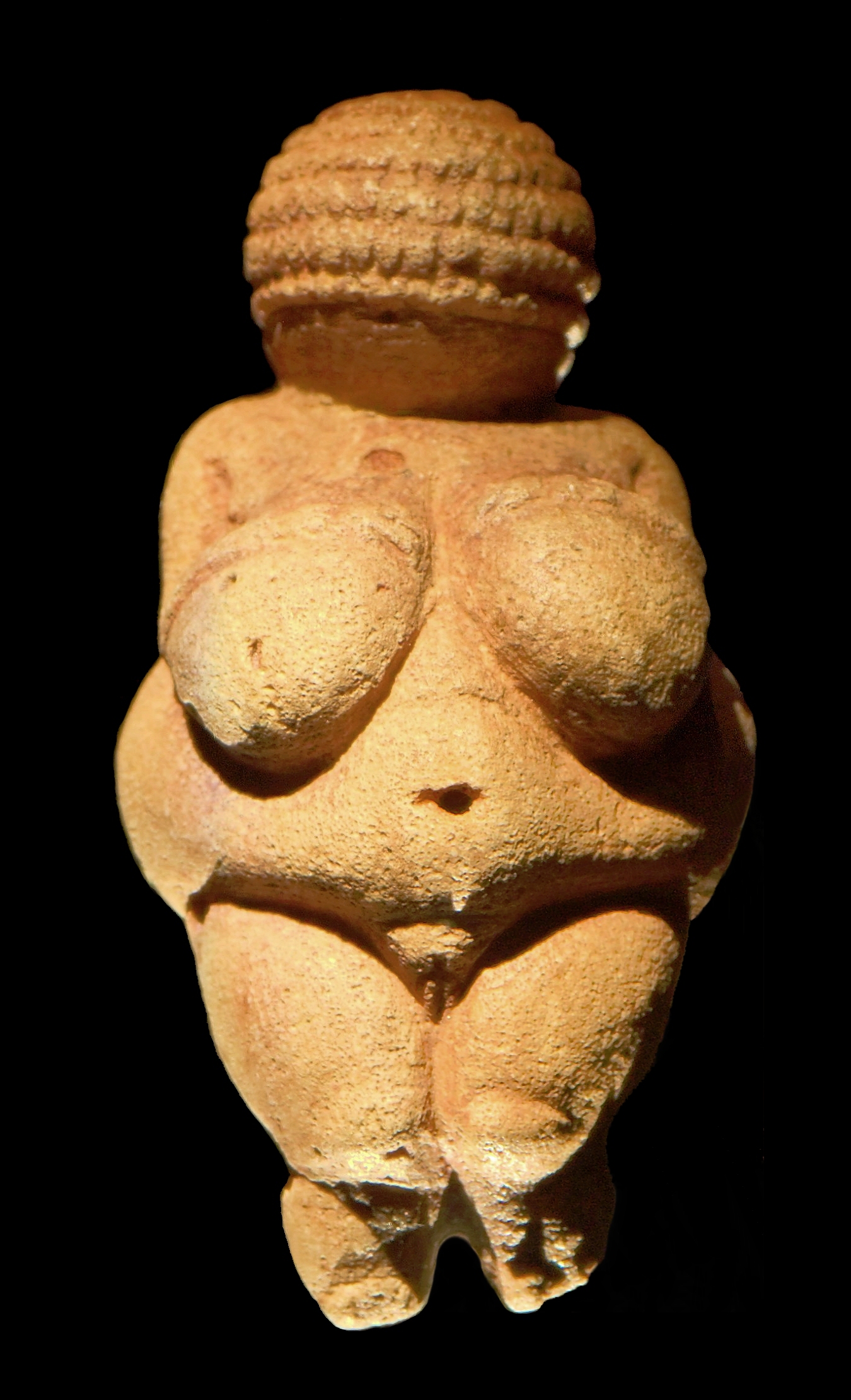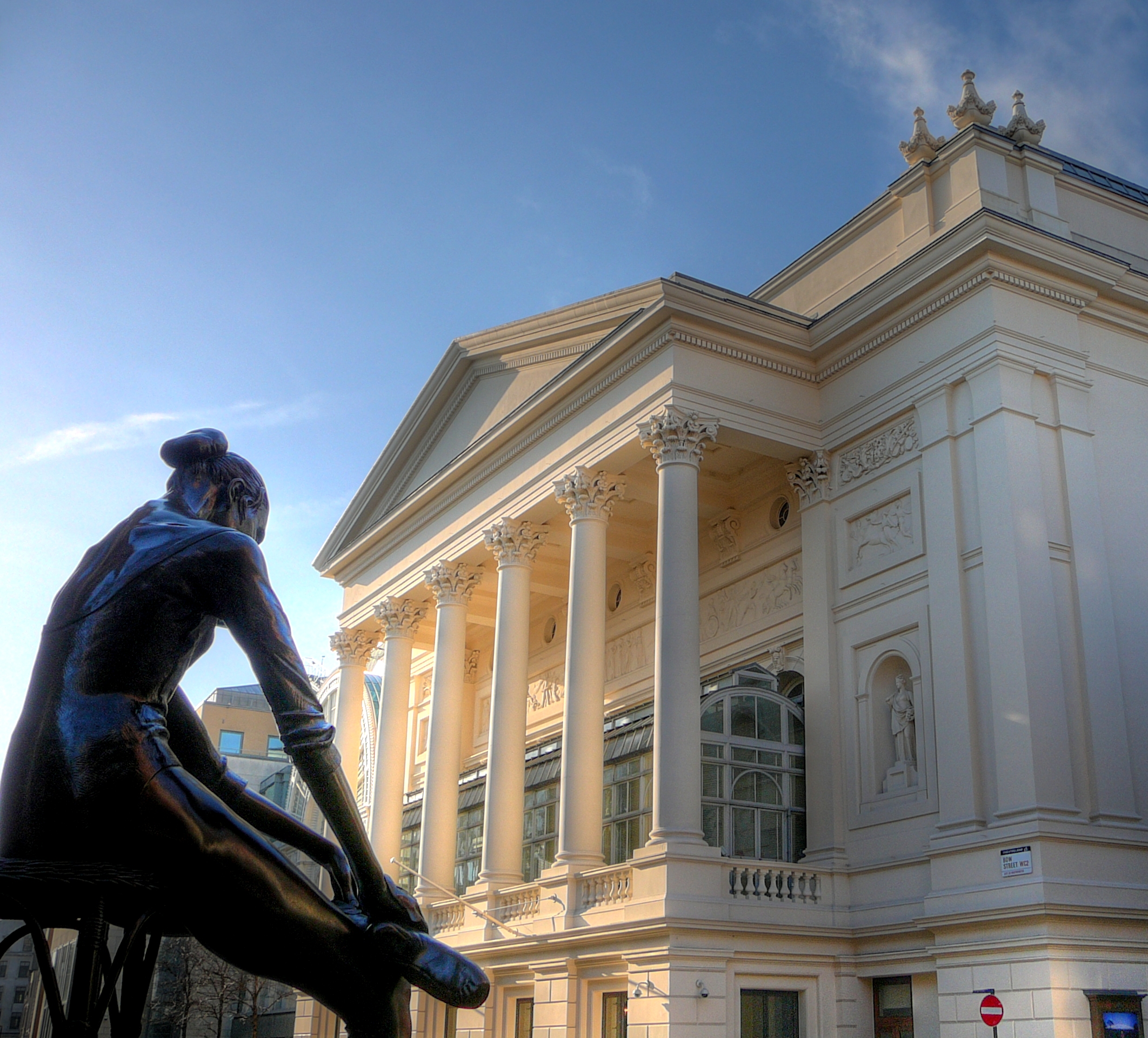|
Michael Jaffé
Andrew Michael Jaffé (3 June 1923 – 13 July 1997) was a British art historian and curator. He was Director of the Fitzwilliam Museum in Cambridge, England for 17 years, from 1973 to 1990. Life Born in London, he was educated at Wagner's and at Eton College. Jaffé's undergraduate studies were delayed for four years by World War II, during which time he served in the RNVR. He came up to King's College, Cambridge in 1945, studying History before changing to English, in which subject he gained a First. He became President of the Marlowe Society, and was editor of ''Granta'' while a student. After Cambridge, he studied art history at the Courtauld Institute, where he attended Johannes Wilde's lectures and had access to the Seilern Collection; this was followed by research at Harvard on Rubens and his contemporaries. He became a Fellow of King's College in 1952, holding the position until his death; was appointed as Cambridge University's only Assistant Lecturer in Fine Arts in ... [...More Info...] [...Related Items...] OR: [Wikipedia] [Google] [Baidu] |
Cambridge
Cambridge ( ) is a List of cities in the United Kingdom, city and non-metropolitan district in the county of Cambridgeshire, England. It is the county town of Cambridgeshire and is located on the River Cam, north of London. As of the 2021 United Kingdom census, the population of the City of Cambridge was 145,700; the population of the wider built-up area (which extends outside the city council area) was 181,137. (2021 census) There is archaeological evidence of settlement in the area as early as the Bronze Age, and Cambridge became an important trading centre during the Roman Britain, Roman and Viking eras. The first Town charter#Municipal charters, town charters were granted in the 12th century, although modern city status was not officially conferred until 1951. The city is well known as the home of the University of Cambridge, which was founded in 1209 and consistently ranks among the best universities in the world. The buildings of the university include King's College Chap ... [...More Info...] [...Related Items...] OR: [Wikipedia] [Google] [Baidu] |
Somerset
Somerset ( , ), Archaism, archaically Somersetshire ( , , ) is a Ceremonial counties of England, ceremonial county in South West England. It is bordered by the Bristol Channel, Gloucestershire, and Bristol to the north, Wiltshire to the east, Dorset to the south-east, and Devon to the south-west. The largest settlement is the city of Bath, Somerset, Bath, and the county town is Taunton. Somerset is a predominantly rural county, especially to the south and west, with an area of and a population of 965,424. After Bath (101,557), the largest settlements are Weston-super-Mare (82,418), Taunton (60,479), and Yeovil (49,698). Wells, Somerset, Wells (12,000) is a city, the second-smallest by population in England. For Local government in England, local government purposes the county comprises three Unitary authorities of England, unitary authority areas: Bath and North East Somerset, North Somerset, and Somerset Council, Somerset. Bath and North East Somerset Council is a member of ... [...More Info...] [...Related Items...] OR: [Wikipedia] [Google] [Baidu] |
Yeovil
Yeovil () is a town and civil parishes in England, civil parish in Somerset, England. It is close to Somerset's southern border with Dorset, west of London, south of Bristol, west of Sherborne and east of Taunton. The population of the built-up area – which includes the outlying areas of the town in the parishes of West Coker, Brympton and Yeovil Without – was 50,176 at the 2021 census. The aircraft and defence industries which developed in the 20th century made it a target for bombing in the Second World War; they are still major employers. Yeovil Country Park, which includes Ninesprings, is one of several open spaces with educational, cultural and sporting facilities. Religious sites include the 14th-century Church of St John the Baptist, Yeovil, Church of St John the Baptist. The town is on the A30 road, A30 and A37 road, A37 roads and has two railway stations. Geography Yeovil is in the south of Somerset, close to the border with Dorset and in the centre of the Ye ... [...More Info...] [...Related Items...] OR: [Wikipedia] [Google] [Baidu] |
Clifton Maybank
Clifton Maybank is a hamlet and Civil parishes in England, civil parish in the English county of Dorset. It is located about a mile southwest of the village of Bradford Abbas. It is known for Clifton Maybank House, a English country house, country house with surviving Tudor fabric. Dorset County Council estimate that the population of the parish in 2013 was 40. Clifton Maybank settlement Clifton Maybank is recorded in the Domesday Book as ''Clistone'', held by William Malbank, a tenant of Hugh d'Avranches, 1st Earl of Chester, Hugh, Earl of Chester in 1086, and it is from Malbank that the 'Maybank' suffix derives. Writing in 1811, Samuel Lewis stated that the village had 60 inhabitants and that the church at Clifton Maybank had "been in ruins for a century". Clifton Maybank GWR railway station On 13 June 1864 a new line was opened from the GWR Wilts, Somerset and Weymouth Railway, Wilts, Somerset and Weymouth line up to a new Clifton Maybank goods station located on the south ... [...More Info...] [...Related Items...] OR: [Wikipedia] [Google] [Baidu] |
Western Art
The art of Europe, also known as Western art, encompasses the history of visual art in Europe. European prehistoric art started as mobile Upper Paleolithic rock and cave painting and petroglyph art and was characteristic of the period between the Paleolithic and the Iron Age. Written histories of European art often begin with the Aegean civilizations, dating from the 3rd millennium BC. However a consistent pattern of artistic development within Europe becomes clear only with Ancient Greek art, which was adopted and transformed by Rome and carried; with the Roman Empire, across much of Europe, North Africa and Western Asia. The influence of the art of the Classical period waxed and waned throughout the next two thousand years, seeming to slip into a distant memory in parts of the Medieval period, to re-emerge in the Renaissance, suffer a period of what some early art historians viewed as "decay" during the Baroque period, to reappear in a refined form in Neo-ClassicismMu ... [...More Info...] [...Related Items...] OR: [Wikipedia] [Google] [Baidu] |
Renaissance Art
Renaissance art (1350 – 1620) is the painting, sculpture, and decorative arts of the period of European history known as the Renaissance, which emerged as a distinct style in Italy in about AD 1400, in parallel with developments which occurred in philosophy, literature, music, science, and technology. Renaissance art took as its foundation the art of Classical antiquity, perceived as the noblest of ancient traditions, but transformed that tradition by absorbing recent developments in the art of Northern Europe and by applying contemporary scientific knowledge. Along with Renaissance humanist philosophy, it spread throughout Europe, affecting both artists and their patrons with the development of new techniques and new artistic sensibilities. For art historians, Renaissance art marks the transition of Europe from the medieval period to the Early Modern age. The body of art, including painting, sculpture, architecture, music and literature identified as "Renaissance art" was ... [...More Info...] [...Related Items...] OR: [Wikipedia] [Google] [Baidu] |
Fine Arts
In European academic traditions, fine art (or, fine arts) is made primarily for aesthetics or creativity, creative expression, distinguishing it from popular art, decorative art or applied art, which also either serve some practical function (such as pottery or most metalwork) or is generally of limited artistic quality in order to appeal to the masses. In the aesthetic theories developed in the Italian Renaissance, the highest art was that which allowed the full expression and display of the artist's imagination, unrestricted by any of the practical considerations involved in, say, making and decorating a teapot. It was also considered important that making the artwork did not involve dividing the work between different individuals with specialized skills, as might be necessary with a piece of furniture, for example. Even within the fine arts, there was a hierarchy of genres based on the amount of creative imagination required, with history painting placed higher than still l ... [...More Info...] [...Related Items...] OR: [Wikipedia] [Google] [Baidu] |
Cambridge University
The University of Cambridge is a Public university, public collegiate university, collegiate research university in Cambridge, England. Founded in 1209, the University of Cambridge is the List of oldest universities in continuous operation, world's third-oldest university in continuous operation. The university's founding followed the arrival of scholars who left the University of Oxford for Cambridge after a dispute with local townspeople. The two ancient university, ancient English universities, although sometimes described as rivals, share many common features and are often jointly referred to as Oxbridge. In 1231, 22 years after its founding, the university was recognised with a royal charter, granted by Henry III of England, King Henry III. The University of Cambridge includes colleges of the University of Cambridge, 31 semi-autonomous constituent colleges and List of institutions of the University of Cambridge#Schools, Faculties, and Departments, over 150 academic departm ... [...More Info...] [...Related Items...] OR: [Wikipedia] [Google] [Baidu] |
Harvard
Harvard University is a private Ivy League research university in Cambridge, Massachusetts, United States. Founded in 1636 and named for its first benefactor, the Puritan clergyman John Harvard, it is the oldest institution of higher learning in the United States. Its influence, wealth, and rankings have made it one of the most prestigious universities in the world. Harvard was founded and authorized by the Massachusetts General Court, the governing legislature of colonial-era Massachusetts Bay Colony. While never formally affiliated with any denomination, Harvard trained Congregational clergy until its curriculum and student body were gradually secularized in the 18th century. By the 19th century, Harvard emerged as the most prominent academic and cultural institution among the Boston elite. Following the American Civil War, under Harvard president Charles William Eliot's long tenure from 1869 to 1909, Harvard developed multiple professional schools, which transfo ... [...More Info...] [...Related Items...] OR: [Wikipedia] [Google] [Baidu] |
Courtauld Institute
The Courtauld Institute of Art (), commonly referred to as The Courtauld, is a self-governing college of the University of London specialising in the study of the history of art and conservation. The art collection is known particularly for its French Impressionist and Post-Impressionist paintings and is housed in the Courtauld Gallery. The Courtauld is based in Somerset House, in the Strand in London. In 2019, the Courtauld's teaching and research activities temporarily relocated to Vernon Square, London, while its Somerset House site underwent a major regeneration project. History The Courtauld was founded in 1932 through the philanthropic efforts of the industrialist and art collector Samuel Courtauld, the diplomat and collector Lord Lee of Fareham, and the art historian Sir Robert Witt. Originally the Courtauld was based in Home House, a townhouse designed by Robert Adam in Portman Square, Marylebone. The Strand block of Somerset House, designed by William Cham ... [...More Info...] [...Related Items...] OR: [Wikipedia] [Google] [Baidu] |
Granta
''Granta'' is a literary magazine and publisher in the United Kingdom whose mission centres on its "belief in the power and urgency of the story, both in fiction and non-fiction, and the story's supreme ability to describe, illuminate and make real." In 2007, '' The Observer'' stated: "In its blend of memoirs and photojournalism, and in its championing of contemporary realist fiction, ''Granta'' has its face pressed firmly against the window, determined to witness the world." ''Granta'' has published twenty-seven laureates of the Nobel Prize in Literature. Literature published by ''Granta'' has regularly won such prizes as the Forward Prize, T. S. Eliot Prize, Pushcart Prize and more. History ''Granta'' was founded in 1889 by students at Cambridge University as ''The Granta'', edited by R. C. Lehmann (who later became a major contributor to '' Punch''). It was started as a periodical featuring student politics, badinage and literary efforts. The title was taken from the ... [...More Info...] [...Related Items...] OR: [Wikipedia] [Google] [Baidu] |







